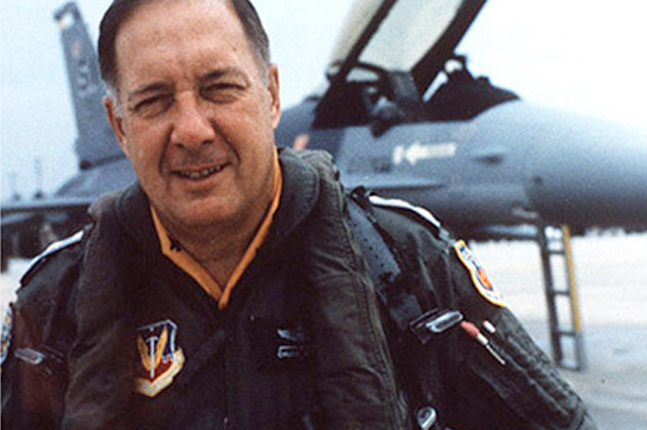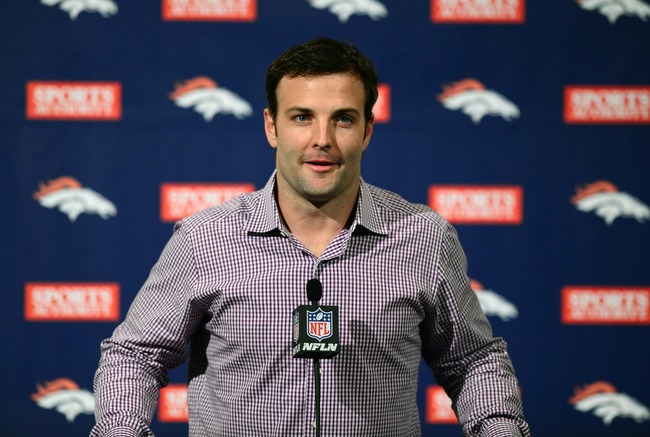Chuck Horner not only flew 111 combat missions over North Vietnam, but also learned valuable lessons important in future air warfare. Horner was born in Davenport, Iowa, in 1936. He grew up in Iowa, went to high school in Des Moines and then enrolled in the University of Iowa in 1954. As a youth, Horner wanted to fly jets and the Reserve Officer Training Corps was his ticket to the United States Air Force and to flight school. He earned a degree and a commission in 1958 and then trained at Spence AFB, Georgia, and Laredo AFB, Texas.
He was awarded pilot wings in late 1959 and after combat crew training in the North American F-100 Super Sabre, joined the 492nd Tactical Fighter Squadron in England. Three years later, he transitioned to the Republic F-105 Thunderchief and served in the 4th Tactical Fighter Wing (TFW) at Seymour Johnson AFB, North Carolina. He volunteered for combat duty in Southeast Asia, and, assigned to the 388th TFW in Thailand, flew 41 missions in the “Thud.” After six months, he returned to the States and instructed at Nellis AFB, Nevada. In May 1967, Horner returned to Korat Royal Thai Air Base to again fly the “Thud.” He flew 70 missions as a “Wild Weasel,” attacking enemy surface-to-air missile sites. Stationed at Nellis AFB in September, he instructed and served as a liaison officer at the Air Force Tactical Fighter Weapons School.
Between October 1969 and August 1975, he was a staff officer at Tactical Air Command (TAC) Headquarters and Headquarters USAF and then attended the National War College. He went on to lead two tactical fighter wings, two air divisions, and the Air Defense Weapons Center. In 1987, he took command of Ninth Air Force and U.S. Central Command Air Forces. On 3 August 1990, Horner was flying to TAC Headquarters, when he was called back to Ninth Air Force-Iraq had invaded Kuwait! After flying to Central Command Headquarters, he went with General Norman Schwarzkopf to brief President Bush, and then on to Saudi Arabia. Operation DESERT SHIELD began and Horner became the architect of air operations. During Operation DESERT STORM, people around the world came to know Horner and his wry commentaries during daily briefings.
After the Gulf War, he pinned on his fourth star and completed a distinguished career leading the North American Aerospace Defense Command and the Air Force Space Command. General Horner retired in 1994 with more than 5,300 flying hours in a variety of fighters. He has recently cooperated with Tom Clancy on a new book, Every Man a Tiger, and now lives near Eglin AFB, Florida, with his wife, Mary Jo.





